Mega-infrastructure projects help China take off
Since 2021, the Central Committee of the Communist Party of China and the State Council have announced a comprehensive plan to expand the scale of infrastructure. By 2035, the country's high-speed rail network, already the largest in the world , will be expanded to double to 70,000 km.
After 15 years, the total mileage of China's national railway system will reach 200,000 km, an increase of 37% compared to the current 146,000 km.
China plans to extend its regular and national expressways to 460,000 km; expand its high-quality inland waterways to 250,000 km. At the same time, Beijing will build 162 more civil airports, bringing the total number of airports to 400.
The mega infrastructure project is expected to become the foundation for Beijing to realize its ambition of doubling the size of its economy and per capita income by 2035.
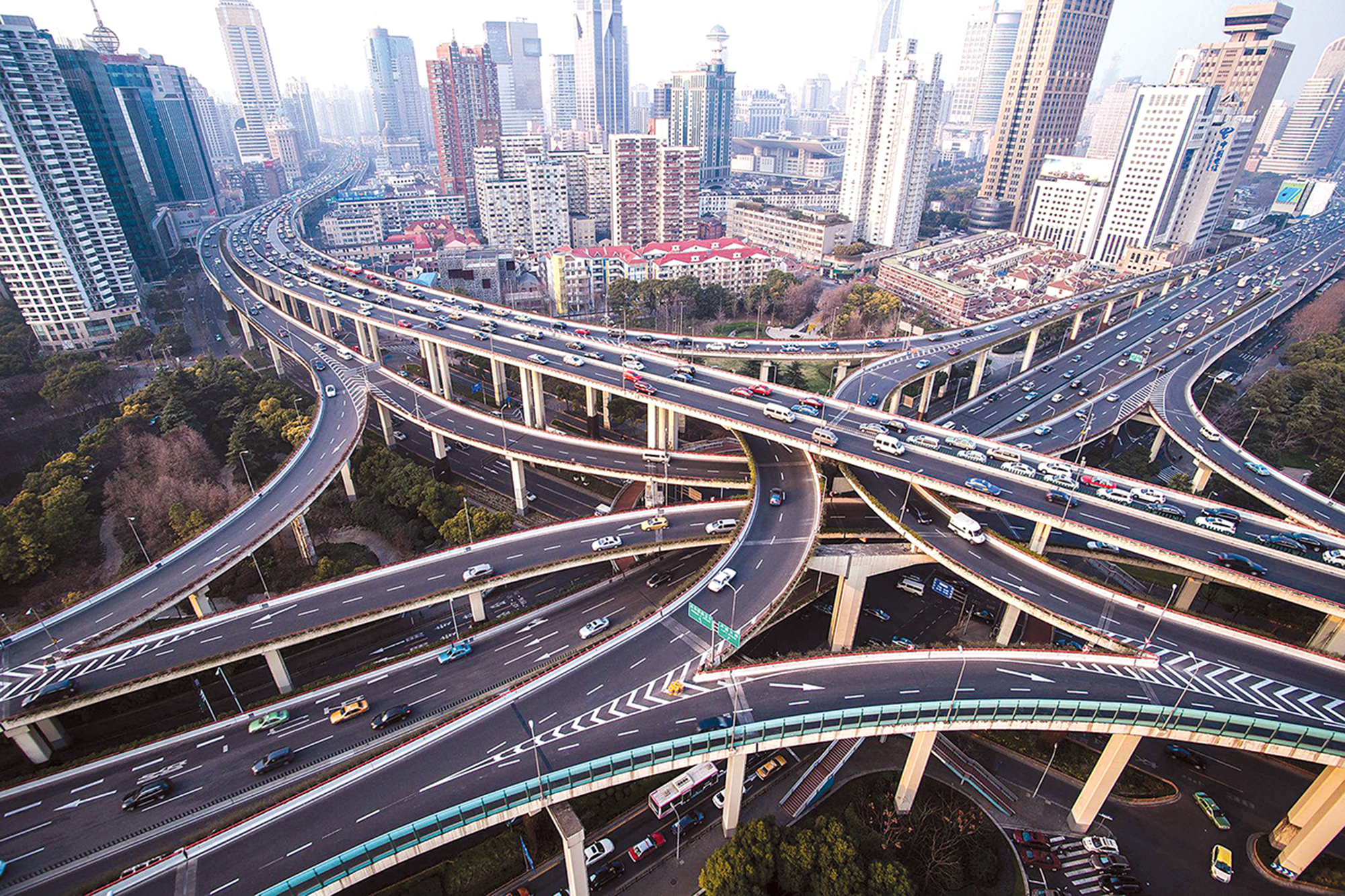
Expressway in Shanghai, China. Source: Reddit.
Notably, in this infrastructure construction strategy, Beijing not only invested a huge budget but also mobilized all its brainpower, focusing on innovation, smart technology, and automation. From there, the "Asian dragon" can soar based on its own creativity, instead of having to buy technology from outside.
Explaining this plan, Chinese experts said that when building a world-leading transportation platform, China can implement a "dual-cycle" economic development strategy, focusing on developing internal strength and growth based more on the domestic market.
Only with synchronous infrastructure development can China solve the burning problem of "skewed development" and eliminate the gap between rich and poor between urban and rural areas and between cities.
In 1984, China began building its first expressway, and by the end of 2020, there were 161,000 km of expressway, basically completing the national expressway network.
To mobilize a huge budget to serve this strategy, China has collected road tolls, vehicle purchase taxes and fuel taxes. Of which, highway tolls through toll stations account for 80% of the total taxes and fees. This revenue is mainly used for operations and capital recovery, with a part used for reinvestment, upgrading or building new routes.
Interstate Highways Breathe New Life into the US Economy
In the US, one of the factors considered most important for the US economy to develop as it is today is infrastructure, especially the federal highway system.
"A prosperous society needs to be constantly moving, and road construction, especially interstate highways, is the solution to break up stagnation and breathe new life into the economy" - a philosophy that has been maintained through many US Presidents from Dwight Eisenhower to Donald Trump and now President Joe Biden.
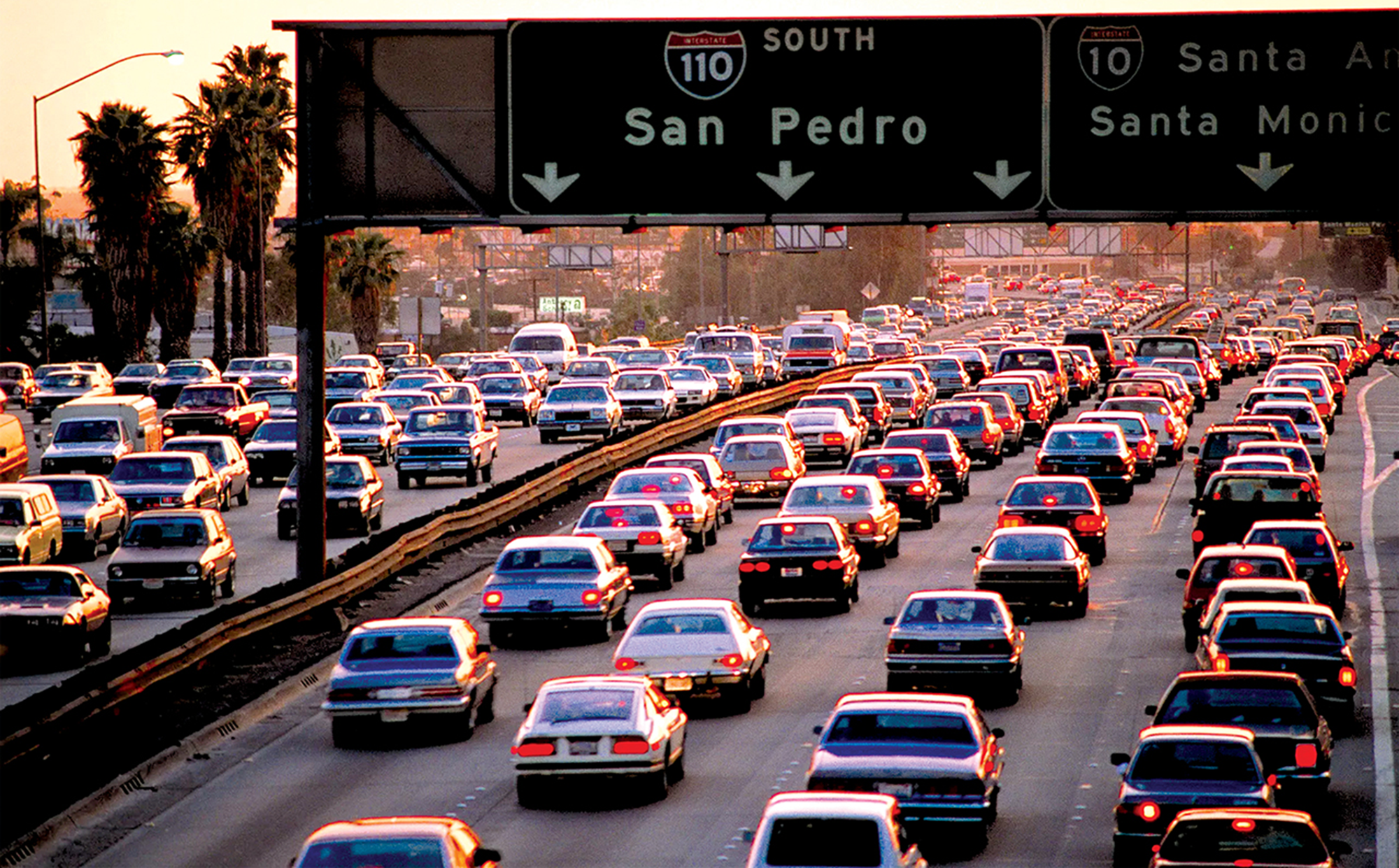
A US interstate highway. Source: Pete Seaward/Getty Images.
That is evident in the fact that as soon as he took office, Mr. Biden quickly urged Congress to pass a trillion-dollar infrastructure bill. In the past, US President Dwight Eisenhower was so aggressive in pushing for the construction of the interstate highway system that he signed the US National Defense and Federal Highway System bill worth $25 billion in 1956 while recovering from surgery.
The bill, named after Dwight D. Eisenhower, helped fuel a boom in highway construction in the United States. "The interstate highway project connected the economy and brought extraordinary efficiency," said John Fernald, a senior economist at the Federal Reserve Bank of Chicago. And the transportation information site Public Purpose estimated that every $1 spent on highway construction brought in $6 in economic efficiency.
To attract investment capital worth 425 billion USD for the world's most advanced highway network in the US, the US has used toll collection method since the 1930s. By 1956, the US had the Federal Highway Support Act, according to which, 10% of the investment cost came from the state government budget and 90% of the cost came from the federal government through revenue from gasoline tax and other funding sources. After completing the construction of the highway, the government took ownership, carried out operation and maintenance, and decided the toll rate.
Japan expands highway network and tolls
Japan is one of the countries that successfully built a highway network in a short period of time. In 1956, Japan established the Japan Highway Public Works Corporation (JHPC) to oversee the development, expansion of the highway network and toll collection. Since then, Japan's national highway system has developed steadily and rapidly.
Due to limited government funding, JHPC initially relied primarily on loans and later repaid them with toll revenue.
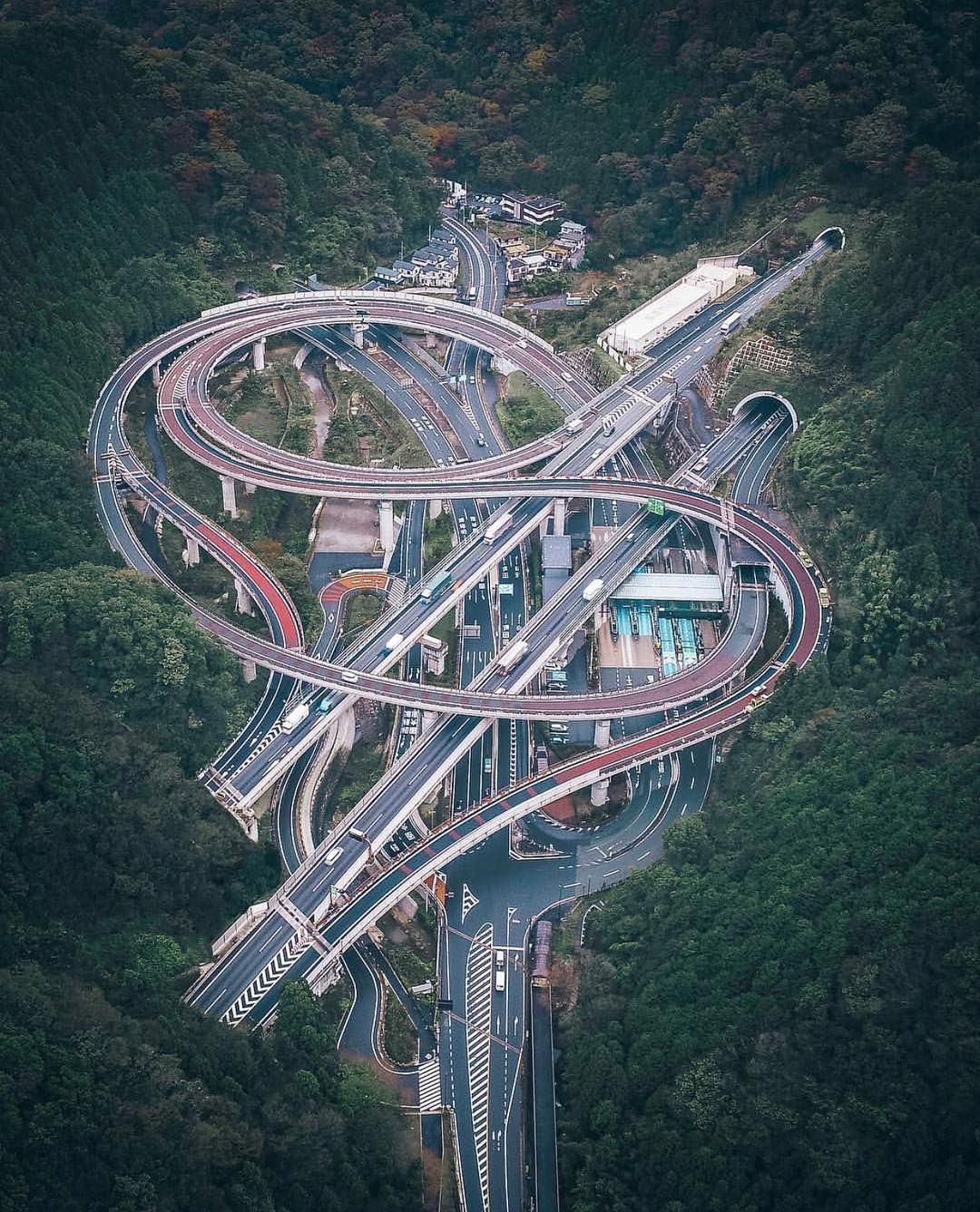
Takaosan Interchange, Japan. Source: Engineering and architecture.
Japan also borrowed from the International Bank for Reconstruction and Development (IBRD). Since the 1960s, IBRD has financed many JPHC projects, and Japan repaid them in full in 1990.
After Japan's expressway and road system was sufficiently invested and built to meet development needs, the agency was privatized, restructured into the Japan Expressway and Debt Repayment Agency (JEDRA) and six expressway companies.
The highway companies are responsible for new construction with funding from loans, and JEDRA is responsible for repaying the loans over 45 years with toll revenue.
Since its establishment until March 2003, JHPC has mobilized a total of 62.3 trillion yen. Of this, direct subsidies from the government and government-affiliated funds were only 4.1 trillion yen, while loans from IBRD were 137 billion yen.
Thus, most of the funding for national highway development will come from loans from multilateral development banks, then through bond issuance and toll collection from users, helping the government avoid a heavy financial burden.
Source: https://www.baogiaothong.vn/the-gioi-phat-trien-ha-tang-giao-thong-the-nao-192231008175817947.htm


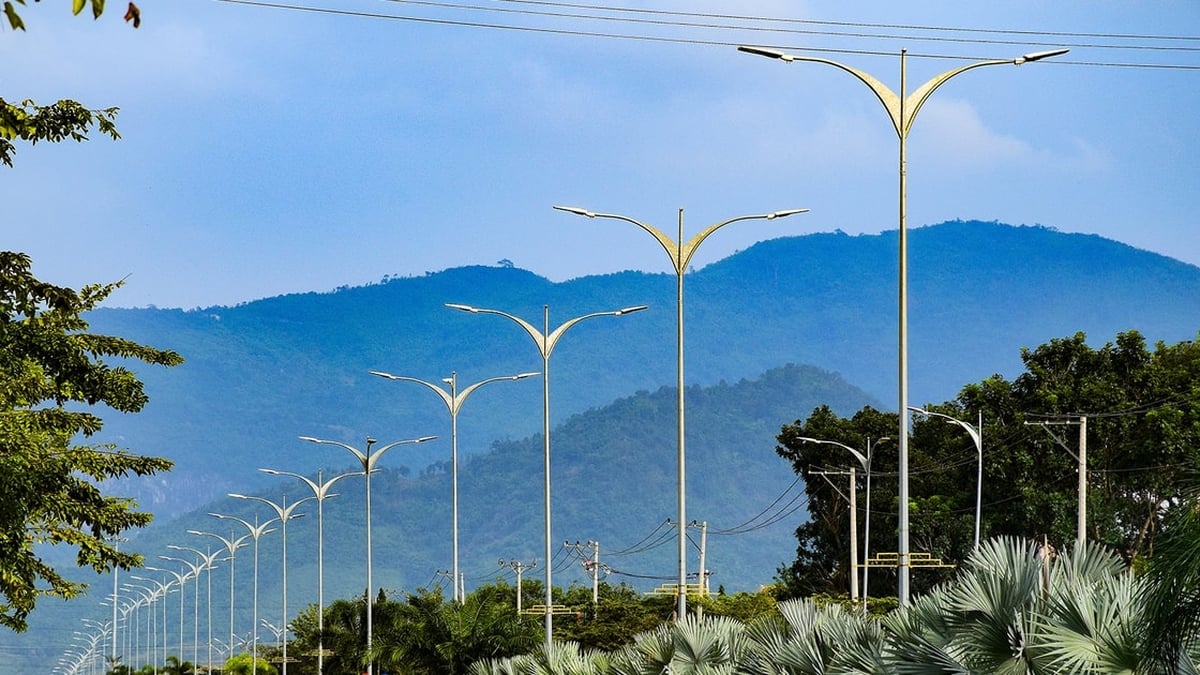
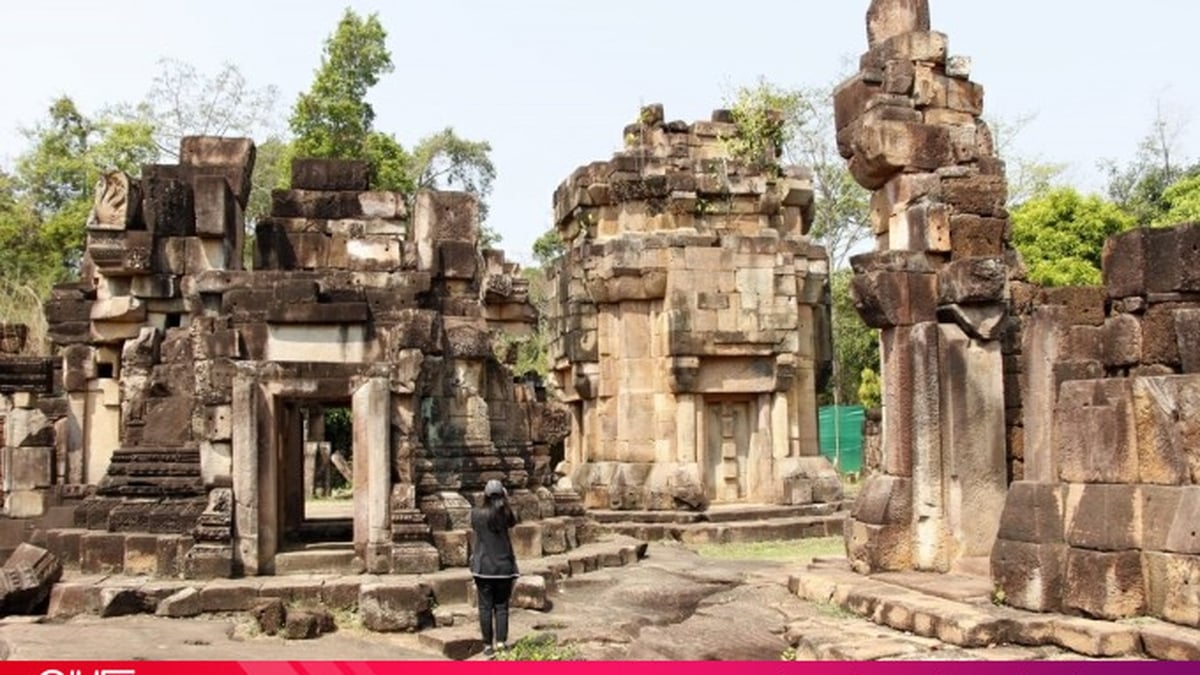
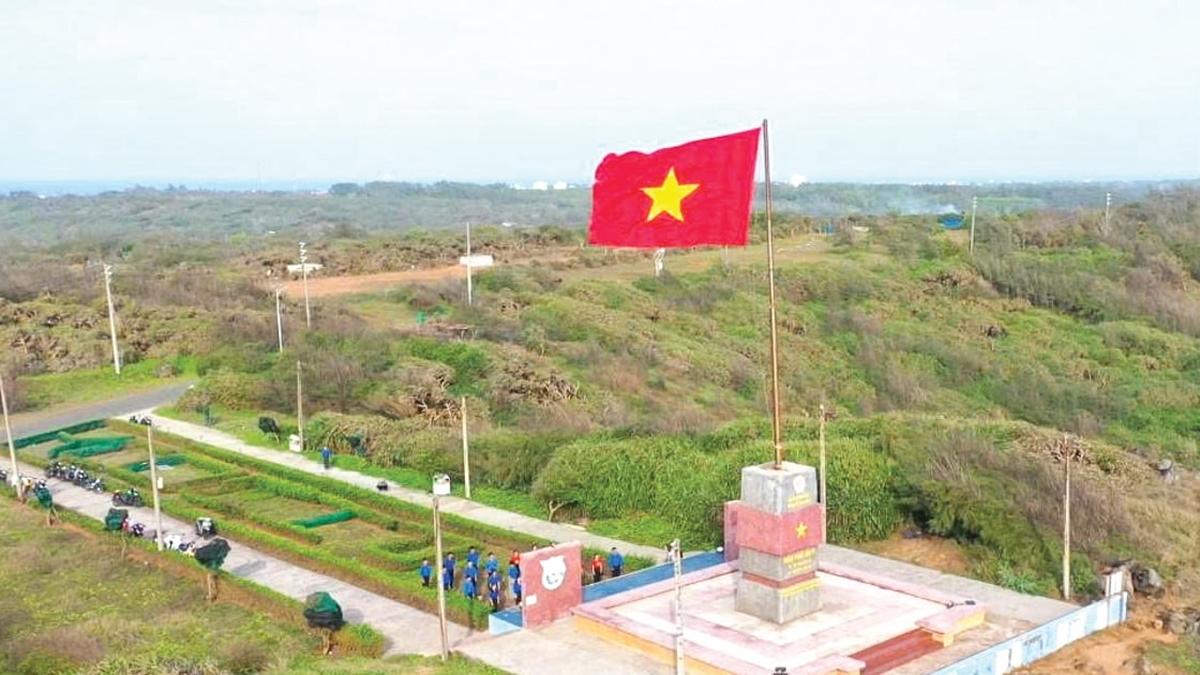
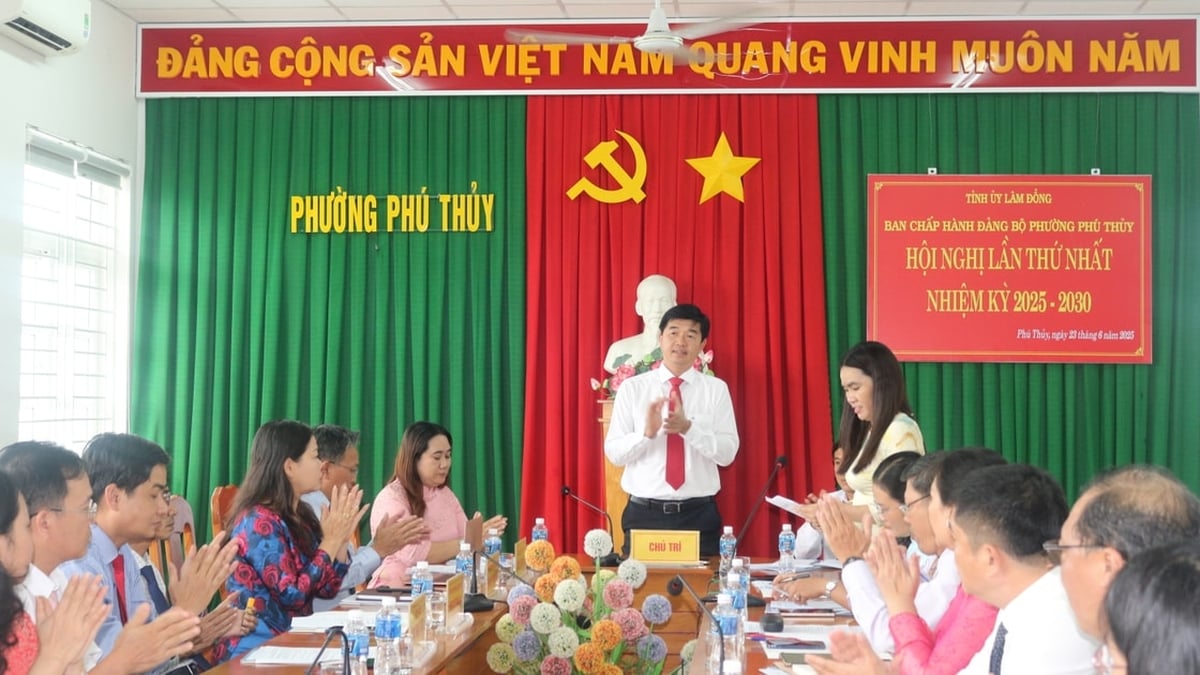
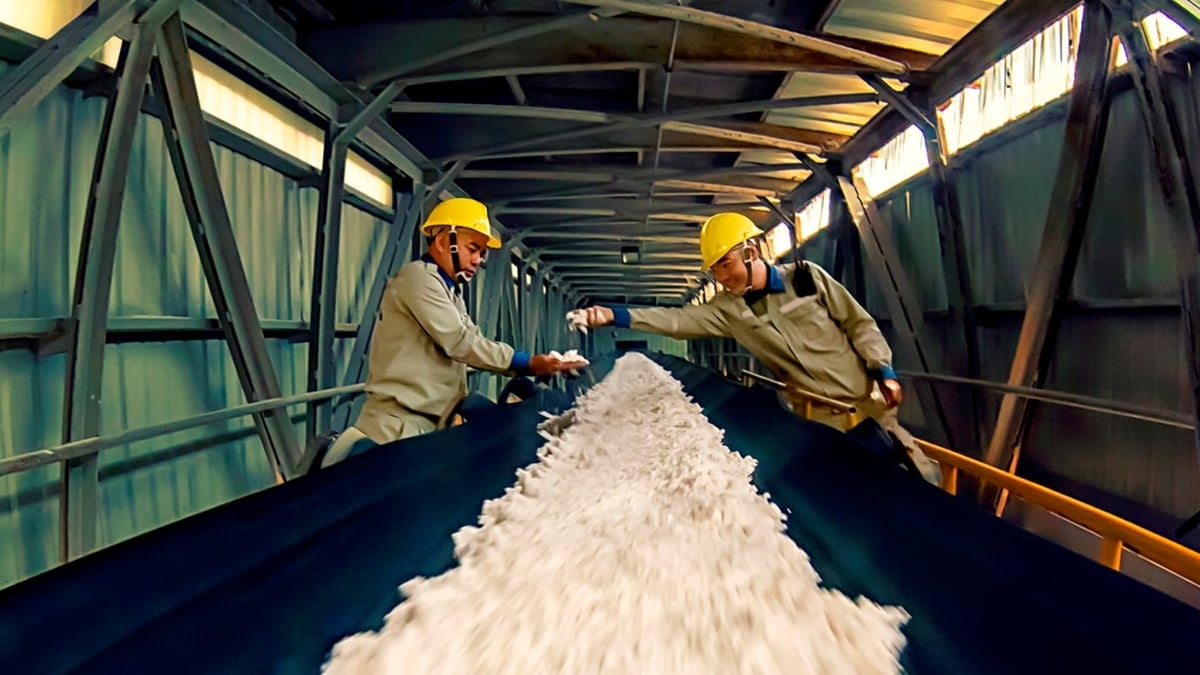
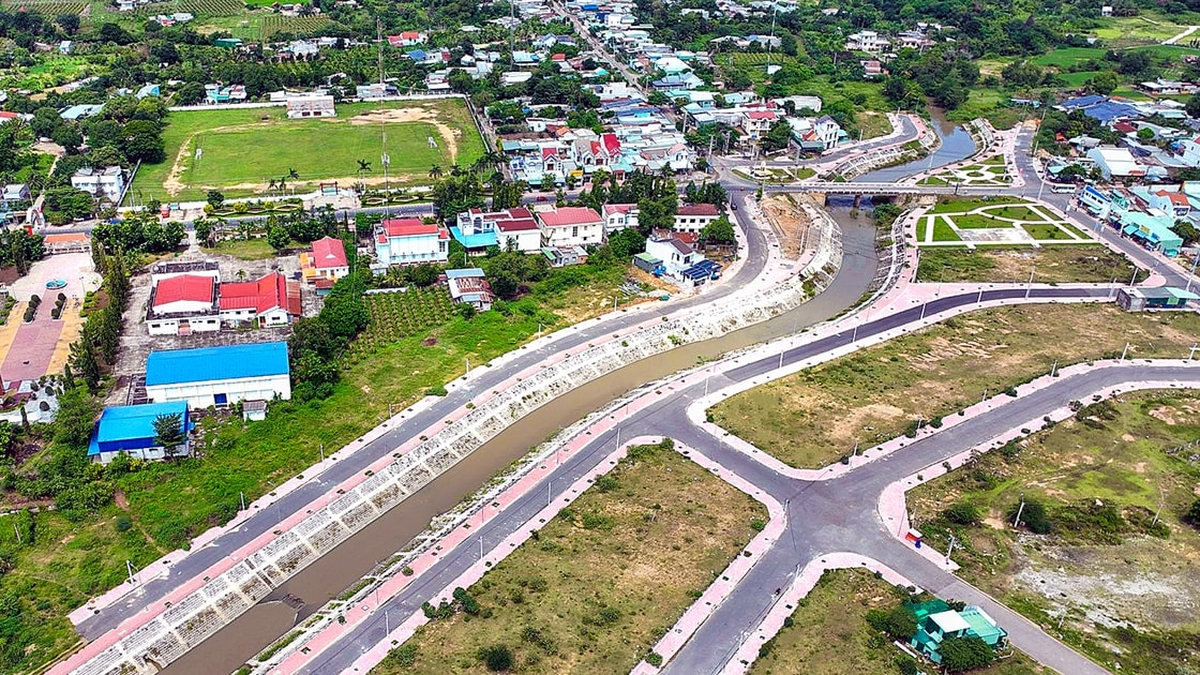
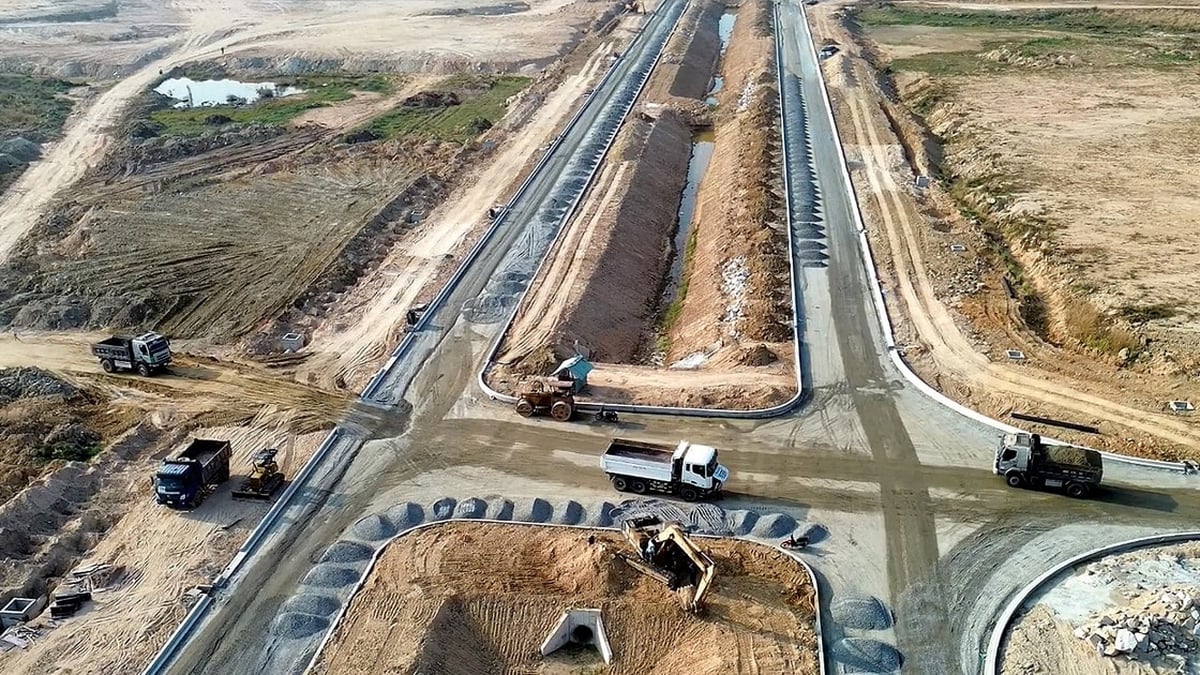
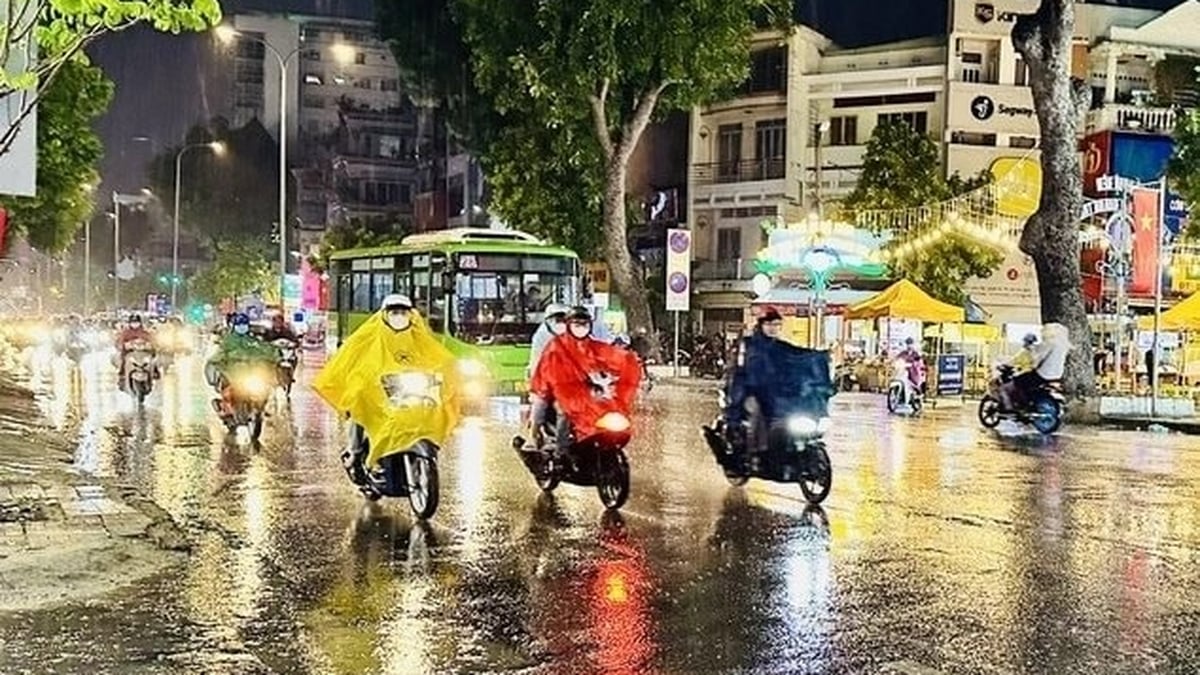

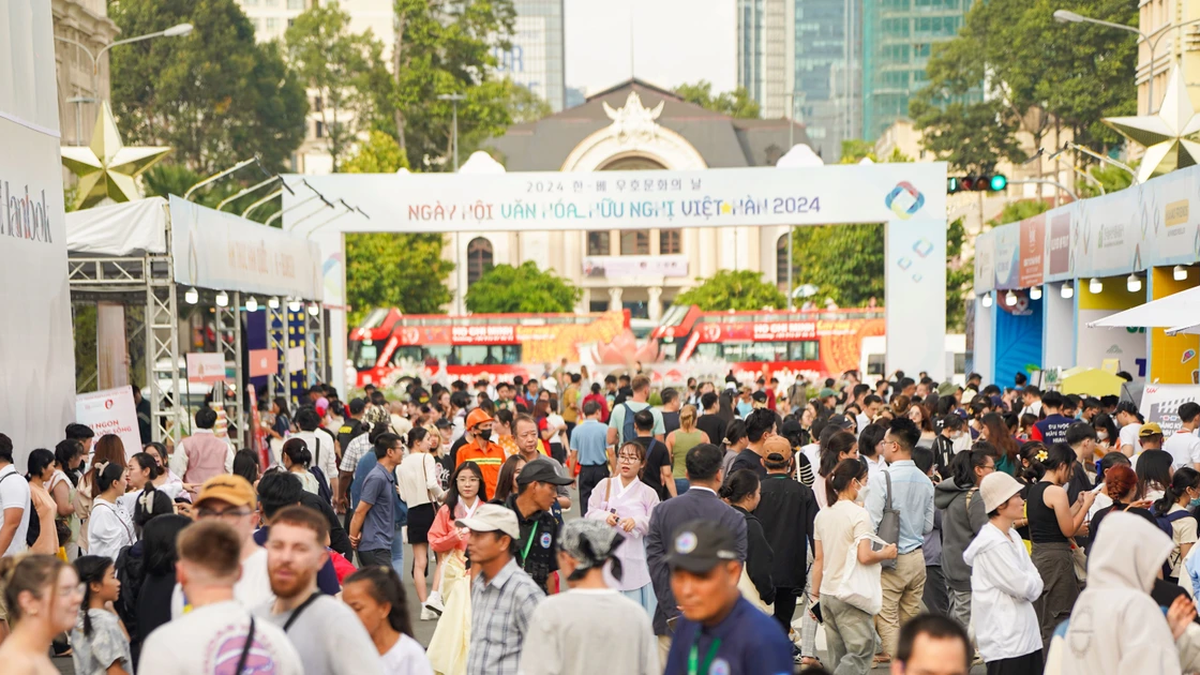











![[Photo] Signing of cooperation between ministries, branches and localities of Vietnam and Senegal](https://vphoto.vietnam.vn/thumb/1200x675/vietnam/resource/IMAGE/2025/7/24/6147c654b0ae4f2793188e982e272651)








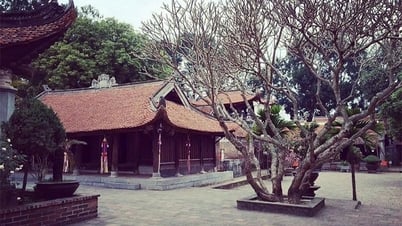

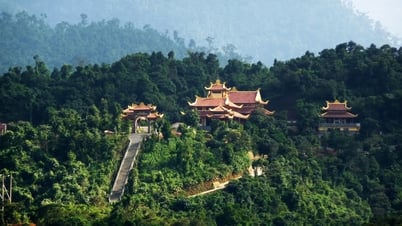







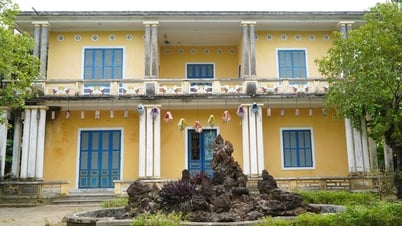












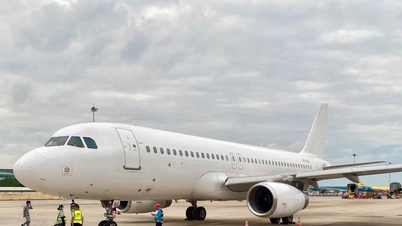


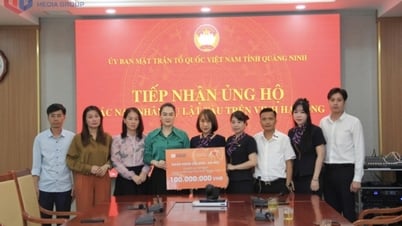





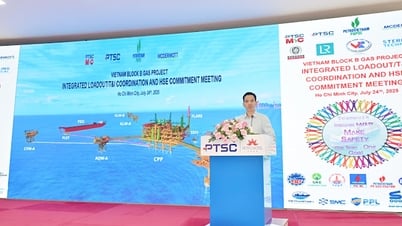


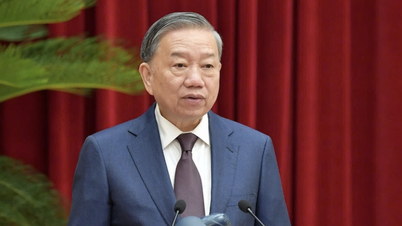

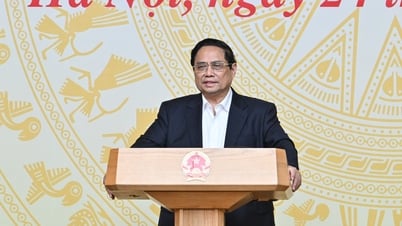
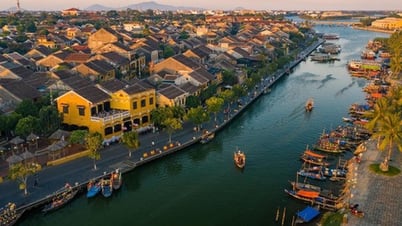
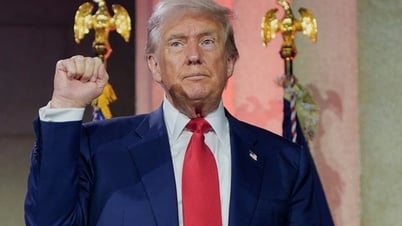





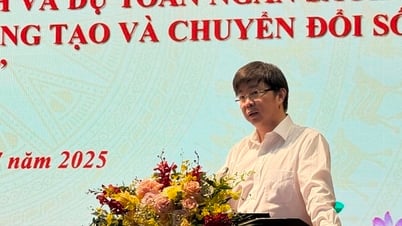

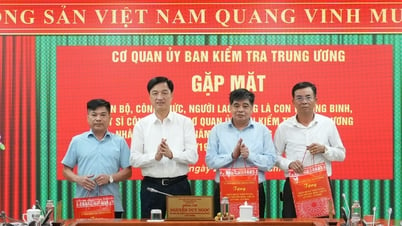











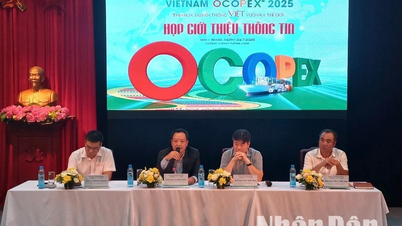











Comment (0)